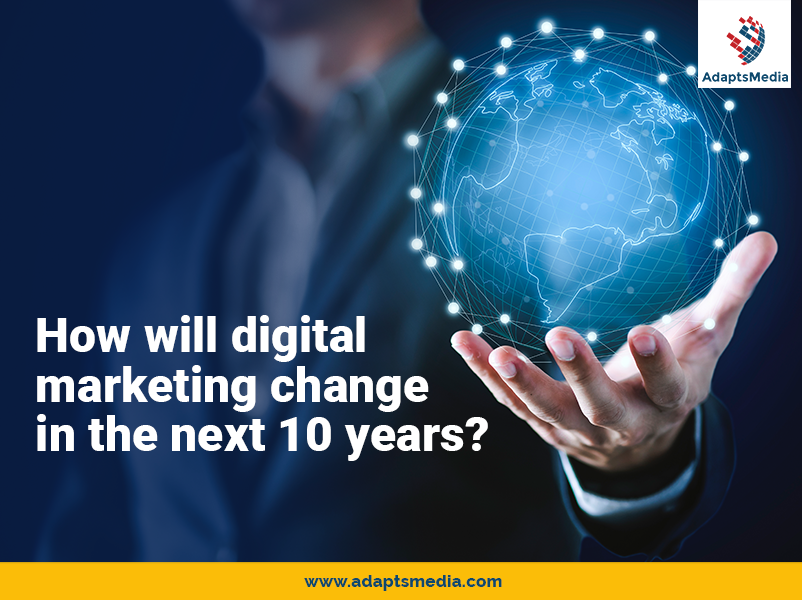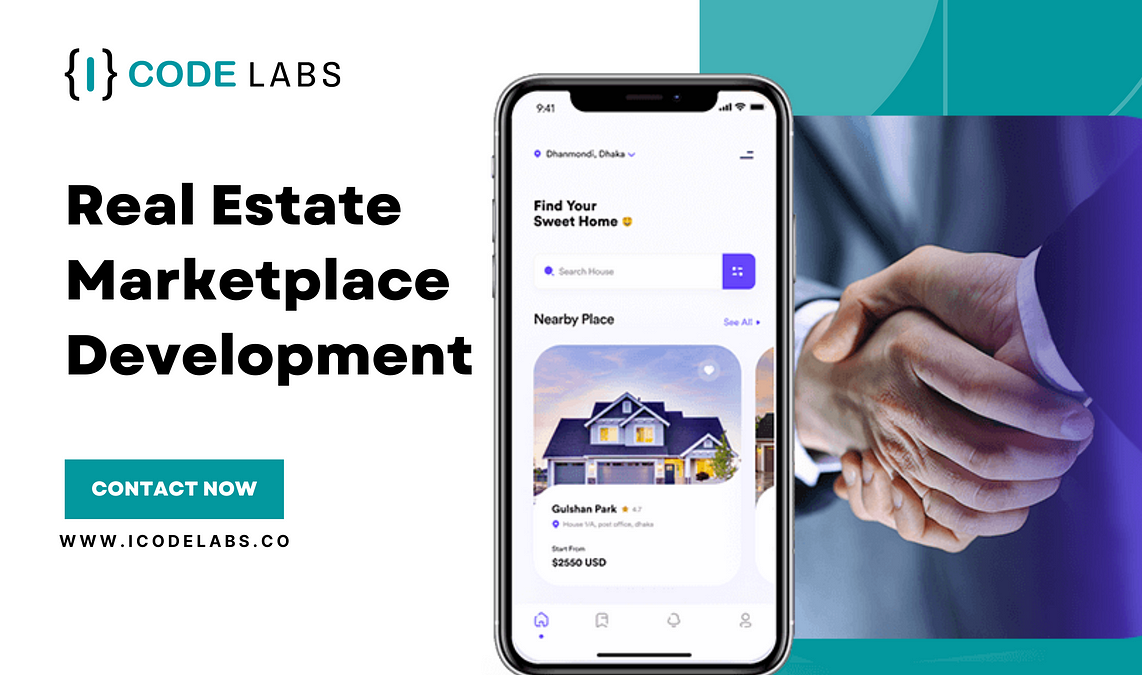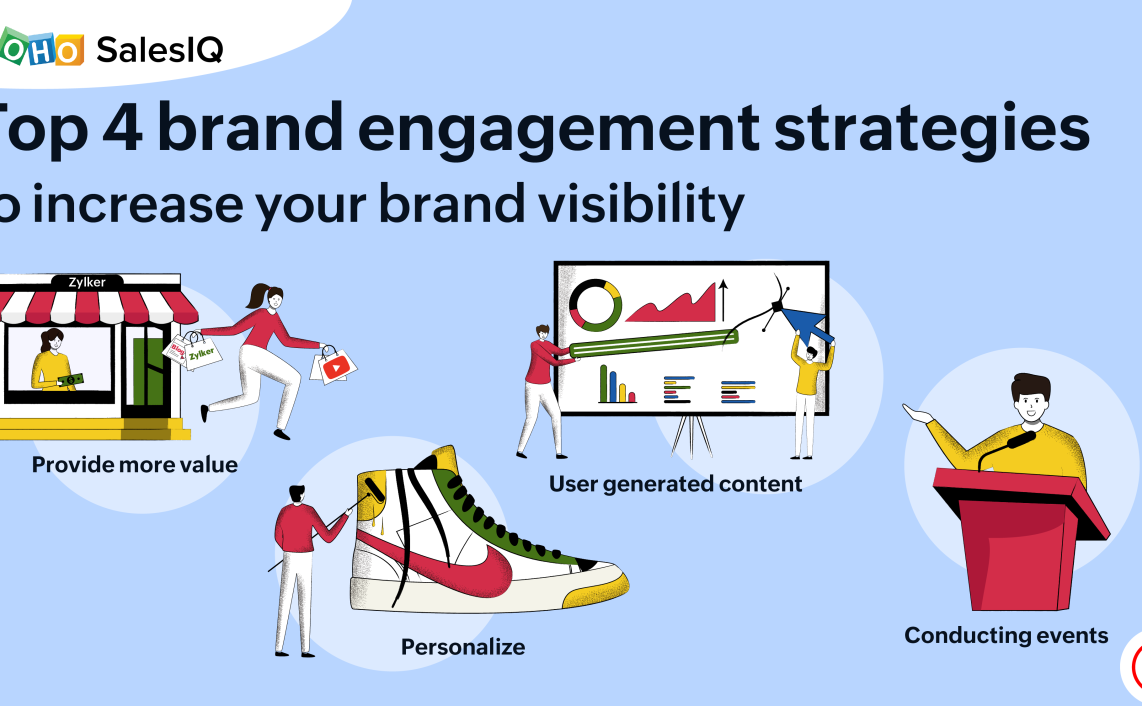The Future of Bank Marketing: Digital Strategies for Engagement
.jpeg)
In today’s competitive banking landscape, it is crucial for banks to adapt their marketing strategies to keep up with the evolving digital environment. Digital marketing offers a powerful platform for banks to connect with potential customers, build relationships, and drive growth. By leveraging innovative digital strategies, banks can enhance the customer experience, drive engagement, and stay ahead of the curve.

One key aspect of digital bank marketing is content marketing. By creating valuable and informative content, banks can establish themselves as thought leaders in the industry and attract potential customers. This content can include articles, blog posts, infographics, and videos that provide insights into financial planning, wealth management, and other banking-related topics. By delivering personalized content that addresses the specific needs of different customer segments, banks can build trust and nurture relationships.

Another important aspect of digital bank marketing is social media marketing. Social media platforms offer an effective way for banks to connect with current and potential customers, share news and updates, and engage in real-time conversations. By establishing a strong social media presence, banks can build brand awareness, increase visibility, and develop a community of loyal followers. Additionally, banks can use social media channels to provide customer service, resolve queries, and offer promotions.
In addition to content and social media marketing, banks can also leverage digital advertising to reach a wider audience. Digital advertising campaigns can be targeted based on demographics, interests, and online behavior, allowing banks to deliver tailored messaging to specific customer segments. Display advertising, search engine marketing, and social media advertising are effective ways to generate leads, drive traffic to the bank’s website, and increase brand recognition.
Personalization is a key trend in digital bank marketing. By leveraging data and analytics, banks can gain valuable insights into customer preferences and behaviors. This information can be used to deliver personalized marketing campaigns, product recommendations, and offers that are tailored to individual customer needs. By providing relevant and timely information, banks can improve customer engagement and drive conversions.
Finally, banks should embrace emerging technologies such as artificial intelligence (AI) and machine learning (ML) to enhance their digital marketing strategies. AI-powered chatbots and virtual assistants can provide personalized customer support, answer queries, and schedule appointments. ML algorithms can be used to segment customers, automate marketing campaigns, and optimize content delivery. By leveraging these technologies, banks can improve efficiency, streamline operations, and deliver a seamless customer experience.
In conclusion, the future of bank marketing lies in digital engagement. By adopting innovative digital strategies, banks can connect with potential customers, build relationships, and drive growth. Content marketing, social media marketing, digital advertising, personalization, and emerging technologies are key elements that banks should leverage to stay ahead in the competitive banking landscape. By embracing digital transformation, banks can enhance the customer experience, strengthen brand loyalty, and achieve long-term success.## The Future Of Bank Marketing: Digital Strategies For Engagement
Executive Summary
Digital technologies are dramatically altering the banking industry, transforming customer interactions and reshaping the competitive landscape. Banks that embrace digital marketing strategies will gain an edge in attracting and retaining valuable customers. This comprehensive article explores the critical trends, technologies, and best practices driving the future of bank marketing, empowering financial institutions to develop effective digital strategies for customer engagement.
Introduction
The digital revolution has permeated every aspect of our lives, and the banking sector is no exception. In today’s fast-paced digital environment, customers expect seamless, personalized experiences from their financial service providers. Digital marketing has emerged as a powerful tool for banks to connect with customers, build relationships, and drive engagement. This article dives into the transformative role digital marketing will play in the future of bank marketing.
Top 5 Digital Marketing Strategies for Banks
Content Marketing
Description: Creating and distributing valuable, relevant, and consistent content to educate and entertain customers.
- Build trust and authority by establishing yourself as a thought leader in the financial industry.
- Drive organic traffic to your website through search engine optimization (SEO) and social media marketing.
- Nurture customer relationships by providing valuable information and resources throughout their financial journey.
Social Media Marketing
Description: Leveraging social media platforms to connect with customers, build brand awareness, and generate leads.
- Drive brand awareness and reach a wider audience by creating engaging content that resonates with your target audience.
- Build customer relationships through social listening and personalized engagement.
- Generate leads by running targeted social media ads and conducting lead generation campaigns.
Influencer Marketing
Description: Partnering with influential individuals or organizations to promote your bank’s products or services.
- Reach a wider audience by leveraging the reach and credibility of influencers.
- Drive credibility by associating your brand with trusted and respected figures.
- Generate leads and drive sales by utilizing influencers’ engaged followers.
Email Marketing
Description: Using email as a channel to communicate with customers, nurture relationships, and promote products or services.
- Nurture existing customers by providing personalized email campaigns that offer valuable content and promotions.
- Generate leads by capturing email addresses through website forms and social media campaigns.
- Drive sales by sending targeted email campaigns promoting specific financial products or services.
Mobile Marketing
Description: Using mobile devices to communicate with customers, deliver personalized experiences, and promote products or services.
- Provide convenient and personalized experiences by delivering tailored content, mobile banking services, and location-based offers.
- Increase customer engagement through interactive mobile campaigns, such as push notifications and in-app messaging.
- Drive foot traffic to physical branches and promote new products or services through location-based mobile marketing.
Conclusion
Digital marketing is not merely a buzzword; it is a fundamental shift in how banks connect with customers and drive business growth. By embracing the strategies outlined in this article, banks can create personalized customer experiences, cultivate enduring relationships, and unlock new opportunities for engagement. As the digital landscape continues to evolve, banks that stay ahead of the curve by adopting these innovative approaches will secure a competitive advantage and thrive in the future of banking.
Keyword Tags
- Digital Bank Marketing
- Customer Engagement
- Content Marketing
- Social Media Marketing
- Mobile Banking
FAQs
Q1: Why is digital marketing important for banks?
A1: Digital marketing allows banks to connect with customers online, build relationships, and drive engagement through personalized content, targeted advertising, and convenient mobile experiences.
Q2: How can banks leverage content marketing?
A2: Banks can create valuable content on financial topics, such as budgeting, investing, and savings, to educate customers, establish trust, and drive organic traffic to their website.
Q3: What are the benefits of social media marketing for banks?
A3: Social media marketing helps banks build brand awareness, engage with customers, generate leads, and provide personalized customer service.
Q4: How can banks use influencer marketing?
A4: By partnering with trusted influencers in the financial industry, banks can reach a wider audience, build credibility, and generate leads.
Q5: What are the advantages of mobile marketing for banks?
A5: Mobile marketing offers banks the opportunity to provide convenient and personalized experiences, increase customer engagement, and drive foot traffic to physical branches.







